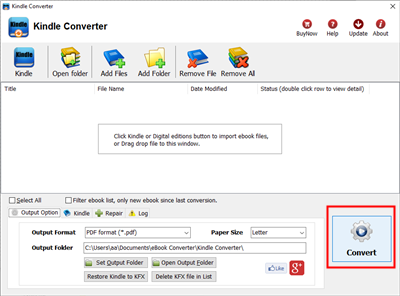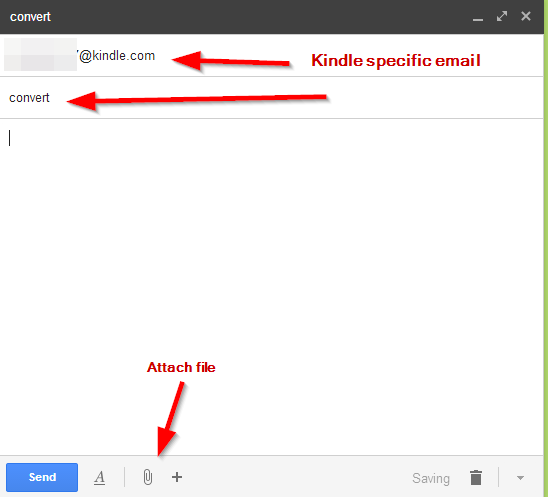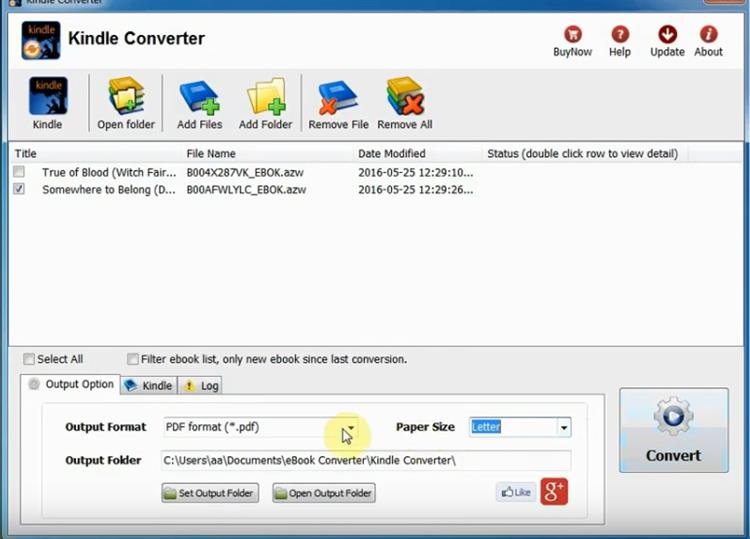

Starting with the third generation of kindle devices (Kindle DX, Kindle Fire, Kindle Keyboard, Kindle Paperwhite and Kindle Voyage) all support the PDF file format natively so 3rd party programs are no longer needed to either convert the PDF files to specific eBook formats or to optimize the format for reading.
converting the PDF on your computer to AZW and transferring it afterwise to the Kindle device. emailing the PDF to Amazon, where after a conversion into the AZW format it will be sent to the Kindle device. Therefore, sending PDF files to a Kindle 1 or a Kindle Touch device requires converting them to a recognized format first. Kindle 1 and Kindle Touch (the first and second generations of kindle readers) only support the following document file types. Kindle is a wireless reader device manufactured and distributed by Amazon. Send PDF to Kindle 1 and Kindle Touch via Amazon's file converting service and USB connection (using Stanza, MobiPocket and PDFRead). Transfer PDF documents via USB to read on Kindle DX, Fire, Keyboard, Paperwhite or Voyage. Even with the glitches that will inevitably appear (most conversions are not perfect), you will end up with a far more readable document. It may take a couple of minutes for the file to appear on your Kindle or Kindle-enabled device, but soon, you should have a Kindle version of your PDF file that you can bookmark, annotate, change the typeface and type size of, etc. (If you have more than one Kindle-using device, note that each will have a different address.)Ĭonverting a PDF to a Kindle file only takes an email. Address it to the Kindle address for the device you want to send it to. Create an email (using your approved email account) and attach your PDF file. 
Once those have been established, it’s very simple to send a PDF document to your Kindle or to a device with a Kindle app:
Your Kindle address will be under “Send to Kindle Email Address”. Go to the main page and tap “More” at the bottom-right corner. You can also find your Kindle email address on your mobile Kindle app: If you don’t see your current email address, you can add a new one. If you don’t see your current email address, you can add a new one using a link at the bottom of the list. On the same page, scroll down to “Approved Personal Document E-mail List.” This will show you all of the email addresses that you can send from. In Amazon’s settings, you can find your device’s unique Kindle email address. Scroll down to “Send-to-Kindle E-Mail Settings.” This will show you the email addresses for any Kindle-enabled devices you have. Scroll down to and click on “Personal Document Settings”. Go to the Preferences tab on Amazon’s Manage Your Content and Devices page. If you ever find yourself faced with the same problem, here’s how to convert a PDF file so it can be easily read using a Kindle or Kindle app.įirst, you have to establish two points of information: you need your special Kindle email address (to which you’ll be sending the file), and you need to make sure the personal email address from which you’ll be sending the file is verified by Amazon.

There are a few quirks in the resulting document (no indents to indicate paragraphs and the occasional strange symbol), but it is much easier to read.

Mobi format, making the document much easier to read on a phone or a Kindle. I spent a frustrating three days squinting at my screen until somebody reminded me that you can email a PDF file to your Amazon account, and it will convert the file to Amazon’s. And as many of us know, reading a PDF on a smartphone or even on an ebook reader is a recipe for eyestrain. I was delighted - but unfortunately, the copy she sent was formatted as a PDF file. Recently, a friend sent me a preview of a book that she was about to have published and asked me to read it.








 0 kommentar(er)
0 kommentar(er)
